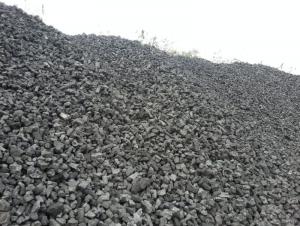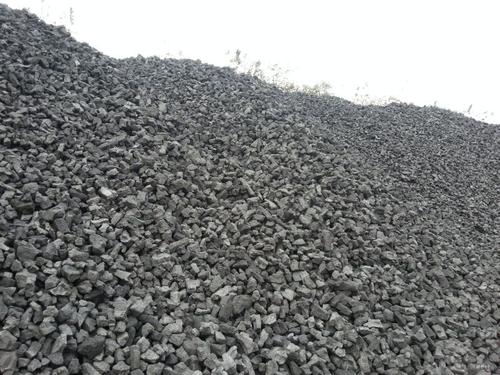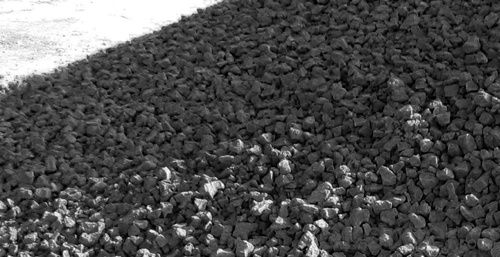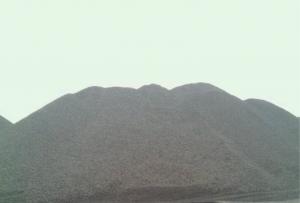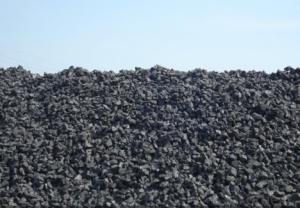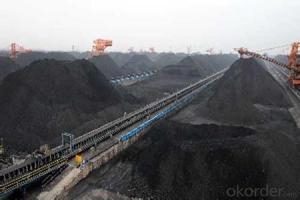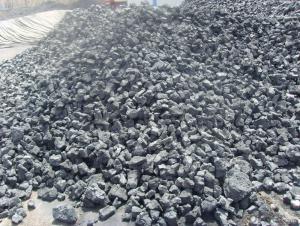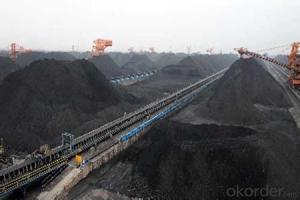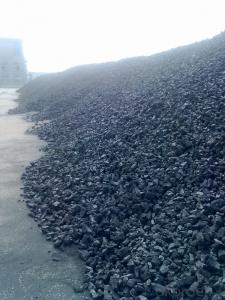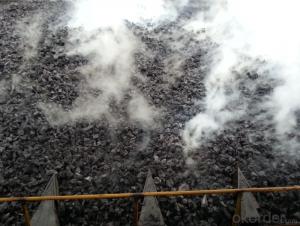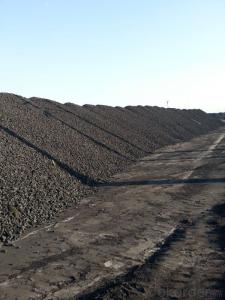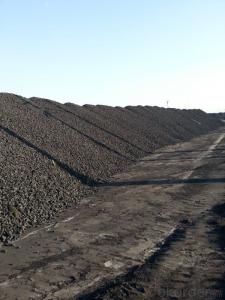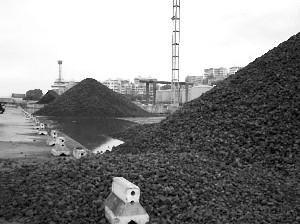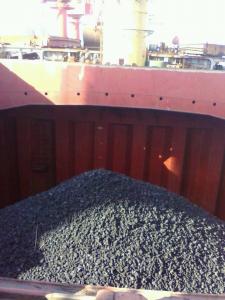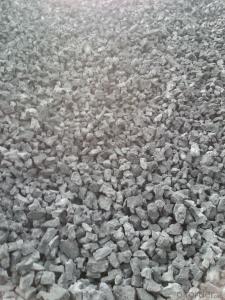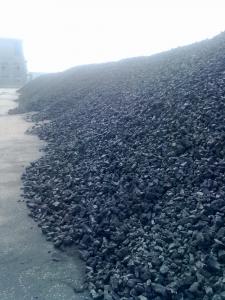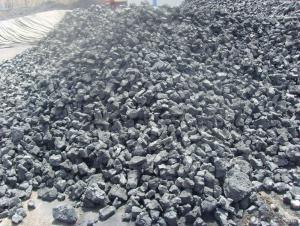MET COKE of 30 - 80 mm
- Loading Port:
- Tianjin
- Payment Terms:
- TT OR LC
- Min Order Qty:
- 1000 m.t.
- Supply Capability:
- 100000 m.t./month
OKorder Service Pledge
OKorder Financial Service
You Might Also Like
1. Structure of Metallurgical Coke of MET COKE of 30 - 80 mm Description:
Coke in addition to a large number of used in ironmaking and smelting non-ferrous metal (metallurgical coke), also used in casting, chemical industry, calcium carbide and ferroalloy, its quality requirement is different.If foundry coke, general demand big granularity, low porosity, high fixed carbon and sulfur content is low;Chemical gasification with coke, lax to strength requirement, but it requires good reactivity, high ash melting point;Calcium carbide production with focal requirements to improve the fixed carbon content as much as possible.
Coke is mainly used for blast furnace ironmaking and used for copper, lead, zinc, titanium, antimony, mercury and other non-ferrous metal smelting of blast furnace, reducing agent, compound and the function of stock column frame.
2. Main Features of the Metallurgical Coke of MET COKE of 30 - 80 mm:
• Quality assurance
• Mutual benefit
• Preferential price
• Various choice
3. Metallurgical Coke of MET COKE of 30 - 80 mm Images:
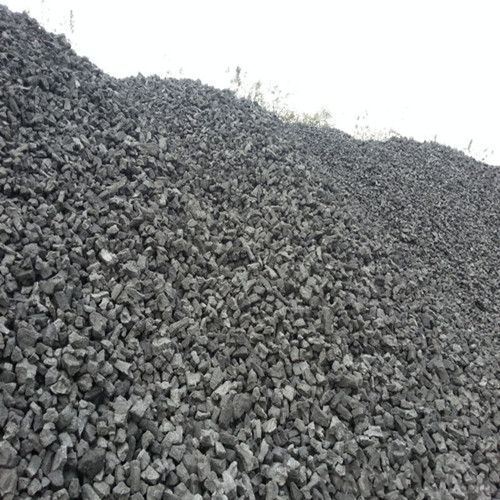
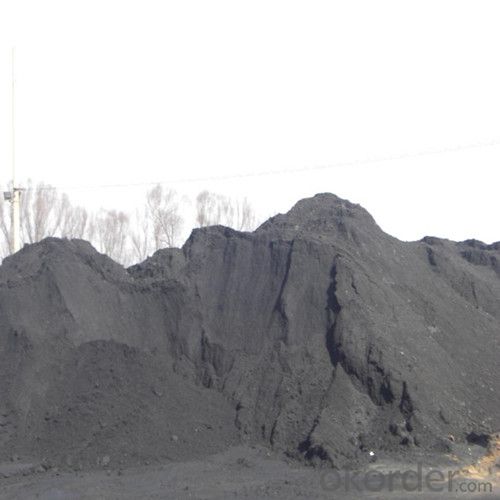
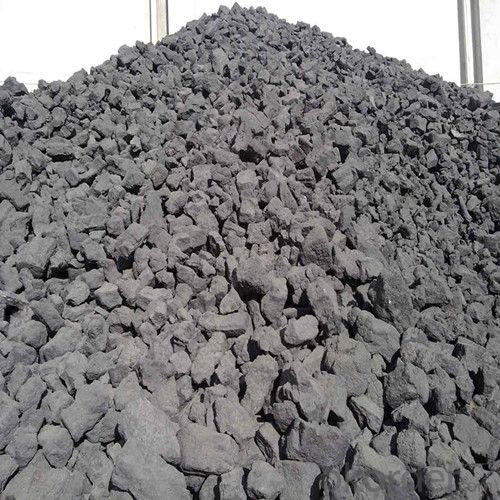
4. Metallurgical Coke of MET COKE of 30 - 80 mm Specification:
Parameters | Guarantee | Rejection |
Total Moisture ( As received basis ) | 8% max | |
Ash ( dry basis ) | 12.5% max | > 13.5% |
Volatile Matter ( dry basis ) | 1.5% max | > 1.8% |
Sulphur ( dry basis ) | 0.70% max | > 0.80% |
Phosphorus ( dry basis ) | 0.035% max | > 0.045% |
Size 10-30 mm | 90% min | |
+30 mm | 5% max | > 8% |
-10 mm | 5% max | >8% |
5. FAQ
Coke physical properties including coke sieve grouped into truth, coke, coke powder density depending on the relative density of density, coke, coke porosity, thermal conductivity for the heat capacity of coke, coke, coke, coke ignition temperature, coke thermal expansion coefficient of thermal stress and coke, coke shrinkage rate, coke resistivity permeability, etc.
- Q: Who knows the proportion of pig iron and coke used in Cupola
- There are doubts: if the scrap ratio is too large to increase the difficulty of processing, product quality can not be guaranteed. The proportion is too high or too low are abnormal.2, auxiliary material input: foundry auxiliary materials mainly coke. Ordinary casting (except dry cylinder) 1 tons ~ ~ 5 tons cupola, each investment of 1 tons of coke, according to the situation of the piece can be from 4.5 tons to 5.5 tons. Ordinary blank (special pieces extra), 5 tons to 10 tons per 1 tons of coke in cupola furnace about 6.5 tons to 7.5 tons of blank (waste products re melted are calculated according to the above method).
- Q: I now do a good job in the coke network editor, I would like to know more about coke
- Coke is mainly used in blast furnace ironmaking and smelting of non-ferrous metals such as copper, lead, zinc, titanium, antimony, mercury and so on. In the process of blast furnace smelting, there are four kinds of functions, such as heat supply, reduction, material skeleton and carbon supply.
- Q: The sulfur content of coal and coke in general, the coking process of sulfur content of coal into the output of sulfur content of coke compared to those who are high and low?
- Of course, the sulfur content of coke is low. Coke quality requirements: two grade coke containing sulfur below 0.7%
- Q: Coke in the whole process of steelmaking in the end is what to do, just to provide heat or carbon and other substances into steel or iron?In the study of coal classification inside, one is divided into coking coal, coking coal and coke as main, and then you see is steel or iron coke must material. What is not clear. In the end, out of coal mining is mainly used to burn energy extraction, or said that coal like oil can be converted into other products, which is a coke can convert?
- It is necessary to add coke, pellet, sinter ore, ore and other materials into the blast furnace in a certain proportion, batch and sequence, and then to produce molten iron in the reducing atmosphere of the blast furnaceAfter the hot metal to steel in converter against the general converter, scrap also need to add a certain amount of used to balance the heat. Hot metal and scrap are added to the converter after the oxygen lance for oxygen operation, the oxidation of oxygen to carbon in liquid iron, silicon, manganese, phosphorus, sulfur and some non-metallic inclusions to form steel. Adding lime, dolomite, iron oxide and mine slag and coolant is needed in oxygen at the same time. After the completion of steel smelting in the tapping process according to different requirements with the corresponding iron alloy steel, after also refining process.
- Q: The coke is divided into several separate uses
- Metallurgical coke is coke, coke, iron alloy coke and non-ferrous metal smelting coke ". Since more than 90% of metallurgical coke is used for blast furnace ironmaking, it is often referred to as coke. The metallurgical coke quality standard (GB/T1996-94) developed in China is the quality standard of blast furnace.
- Q: Natural gas can replace coke smelting pig iron
- No, it's not just the temperature. It takes the chemical reaction of carbon and iron oxide to produce iron.Chemical equation: C+Fe 3O4 - Fe+CO2
- Q: The difference between coke and coal
- Coal is known as the black gold, the food industry, which is one of the main sources of energy used in the human world since eighteenth Century...
- Q: How many degrees of coke ignition temperature can ignite coke
- Ignition temperature (450-650) in air;The main physical properties of coke are as follows:True density is 1.8-1.95g/cm3;Apparent density of 0.88-1.08g/ cm3;
- Q: What is the difference between coke and coking coal
- Coke: a solid fuel, hard, porous, high calorific value coal. High temperature carbonization made for ironmakingTypes of coke:Coke is usually divided by use of metallurgical coke (including blast furnace coke, coke and iron alloy coke, calcium carbide and coke gasification etc.) with coke. The pressurized pulverized coal forming coal, coke carbonization etc. in the new postprocessing process called Formcoke.
- Q: How to determine the maturity of coke or not?
- The sulfur content of coke: refers to the percentage of sulfur content in coke. Sulfur is one of the harmful impurities in pig iron smelting. The sulfur content in the pig iron is more than 0.07%. 82.5% of the sulfur from blast furnace charge into the furnace comes from coke, so coke is the main source of sulfur. Sulfur content in coke directly affects the production of blast furnace. When the sulfur content in coke is greater than 1.6%, sulfur increased 0.1%, the amount of coke increased 1.8%, limestone amount increased by 3.7%, with the increasing of the amount of ore 0.3%, blast furnace production decreased 1.5 - 2%.
Send your message to us
MET COKE of 30 - 80 mm
- Loading Port:
- Tianjin
- Payment Terms:
- TT OR LC
- Min Order Qty:
- 1000 m.t.
- Supply Capability:
- 100000 m.t./month
OKorder Service Pledge
OKorder Financial Service
Similar products
Hot products
Hot Searches
Related keywords
